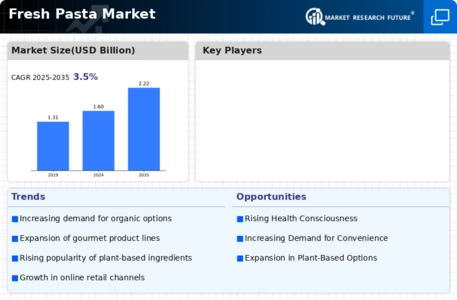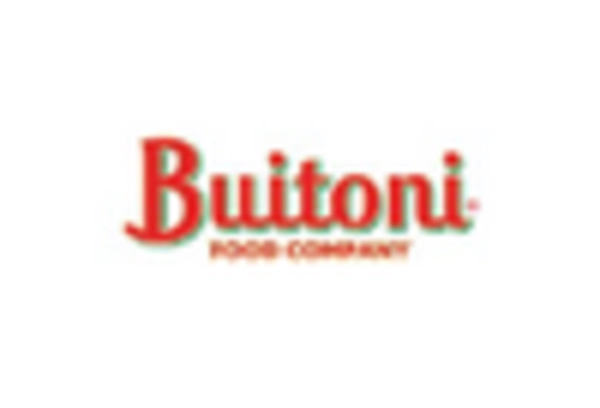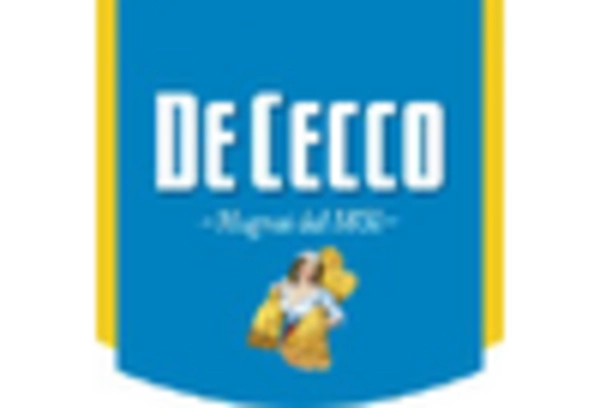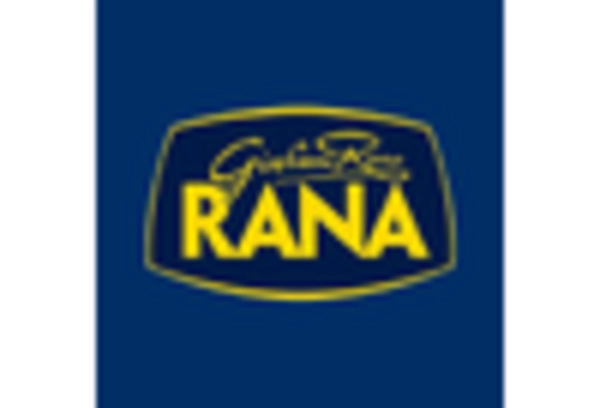Market Analysis
In-depth Analysis of Fresh Pasta Market Industry Landscape
The fresh pasta market is a dynamic and evolving sector within the broader food industry. As consumer preferences continue to shift towards healthier and more diverse food options, fresh pasta has emerged as a popular choice for many households. The market dynamics of the fresh pasta industry are influenced by a combination of factors that impact both supply and demand.
On the demand side, changing consumer lifestyles and an increased focus on health and wellness have driven the growth of the fresh pasta market. Consumers are increasingly seeking convenient yet nutritious meal options, and fresh pasta fits the bill perfectly. With its shorter cooking times and perceived higher quality compared to dried pasta, fresh pasta has become a go-to choice for those looking to balance convenience and taste.
Moreover, the rising trend of home cooking has further fueled the demand for fresh pasta products. As people spend more time in their kitchens experimenting with different cuisines, the versatility of fresh pasta in accommodating various sauces and ingredients has made it a staple in home kitchens. The demand is not only limited to traditional pasta varieties but extends to specialty and artisanal options, including gluten-free and organic alternatives, catering to a diverse range of dietary preferences.
From a supply perspective, the fresh pasta market is influenced by factors such as ingredient availability, production processes, and distribution channels. The quality and variety of ingredients used in fresh pasta production play a crucial role in shaping market dynamics. Producers are increasingly focusing on sourcing high-quality, local, and sustainable ingredients to meet the growing demand for premium and health-conscious products.
Production processes also contribute to market dynamics, with advancements in technology and machinery leading to increased efficiency and cost-effectiveness. However, traditional artisanal methods still hold a significant share in the market, catering to consumers seeking an authentic and handcrafted experience. Balancing these diverse production approaches is key for players in the fresh pasta industry to meet the varying demands of consumers.
Distribution channels play a vital role in ensuring fresh pasta reaches consumers efficiently. The market has witnessed an expansion in distribution channels, with traditional grocery stores, supermarkets, and online platforms all playing crucial roles. The rise of e-commerce has opened up new avenues for producers to reach a wider audience, providing consumers with the convenience of ordering fresh pasta from the comfort of their homes.
Despite the positive growth trajectory, the fresh pasta market faces challenges such as perishability and transportation logistics. Maintaining the freshness of the product from production to consumption is a constant concern for producers, requiring effective cold chain management and distribution strategies.









Leave a Comment